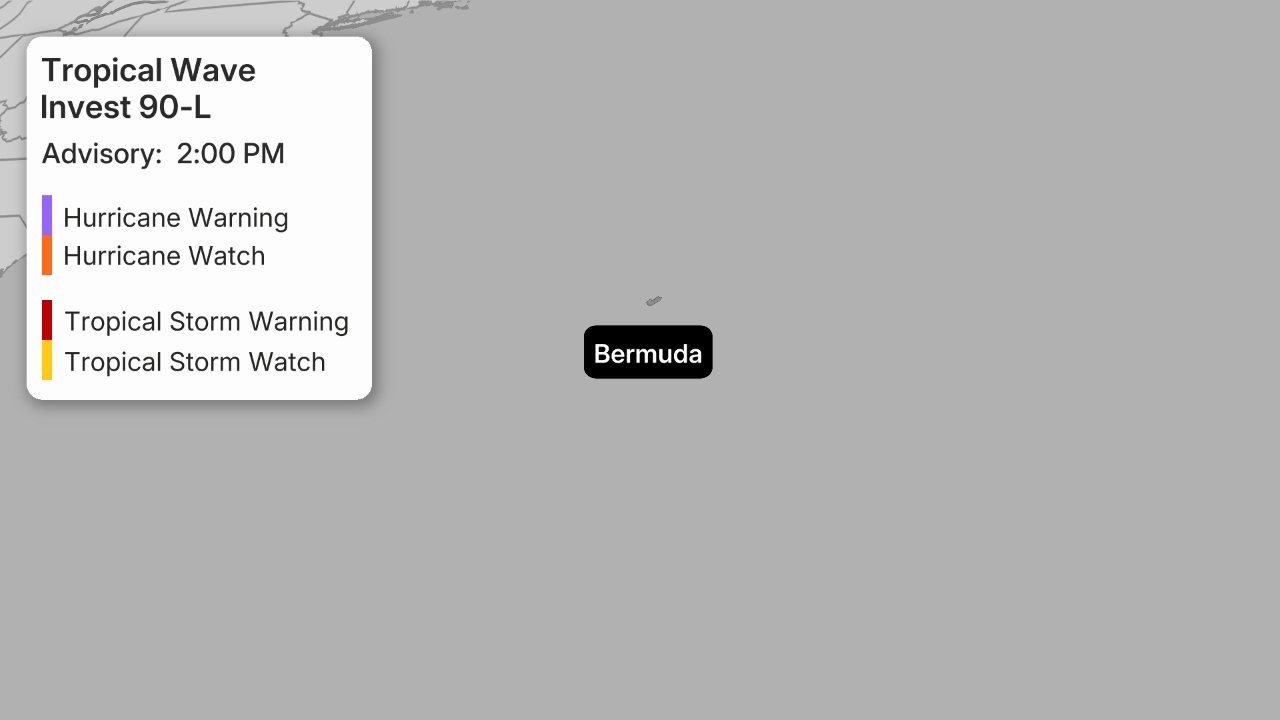
At a Glance
- Tropical Storm Francine has formed in the western Gulf of Mexico.
- It's forecast to strengthen into a hurricane as it tracks toward the upper Texas and Louisiana coasts Wednesday.
- Flooding rainfall, storm surge, damaging winds and tornadoes are all threats.
- Francine is the first Atlantic storm since Ernesto about three weeks ago.
Sign up for the Morning Brief email newsletter to get weekday updates from The Weather Channel and our meteorologists.
Tropical Storm Francine has formed in the western Gulf of Mexico and is forecast to become a hurricane threat to the Louisiana and upper Texas coasts by Wednesday.
The National Hurricane Center designated Tropical Storm Francine Monday morning, the sixth named storm of the 2024 Atlantic hurricane season, and first storm in almost three weeks.
Here's the latest status of this system: Francine is centered over 400 miles south of Cameron, Louisiana, and is moving slowly north-northwest.
Most of the rain from this system is located offshore at this time, but some bands have reached parts of South Texas.
Some minor coastal flooding was recorded by tidal gauges along the Texas coast Monday morning from Port O'Connor south.
(MAP TRACKER: Spaghetti Models And More)
Where watches and warnings are in effect: The map below shows where hurricane and tropical storm watches and/or warnings are currently in effect.
A hurricane watch has been issued from Cameron to Grand Isle, Louisiana. This watch is usually issued 48 hours ahead of when conditions deteriorate to make preparations dangerous.
A storm surge watch has also been issued from High Island, Texas, east of Galveston Bay, to the Mississippi-Alabama border, including Vermilion Bay, Lake Pontchartrain and Lake Maurepas. This means life-threatening storm surge is possible in these areas within 48 hours.
Tropical storm watches are in effect from northeast Mexico to Port Mansfield, Texas, and also from east of Galveston Bay to Cameron, Louisiana, and from near Grand Isle, Louisiana, to the Louisiana-Mississippi border, including Lake Pontchartrain. This means tropical storm force winds are possible.
Forecast track and intensity: Francine is forecast to strengthen into a hurricane before it makes landfall somewhere along the Louisiana or upper Texas coast later Wednesday. It is expected to track over a pool of very warm Gulf water that would help it intensify. But it may also face increasing wind shear and possibly some drier air near the Gulf Coast that may cap off its intensity near landfall.
Impacts from Francine, however, will spread north along the Texas and Louisiana coasts well ahead of landfall. After landfall, the system will spread rainfall through parts of the South to as far north as the mid-Mississippi and Ohio valleys late this week.

Potential Impacts
Flooding Rainfall
Rainfall totals from Francine could reach 4 to 8 inches, with local amounts to 12 inches, from the coast of far northeast Mexico to the far southern Texas coast and portions of southern Louisiana and southern Mississippi through Thursday morning.
The rain is going to be falling on saturated soil from recent heavy rains across the region, and flash flooding is possible.
Heavy rain from this system will spread across other parts the South to as far north as the mid-Mississippi and Ohio valleys into late week. At least localized flooding is possible in these areas.
There could be a sharp difference in rainfall, however, to the west and northwest of Francine's path as drier air may be drawn in. Areas not too far inland from the Texas coast may pick up little or no rainfall.
(Further beef up your forecast with our detailed, hour-by-hour breakdown for the next 8 days – only available on our Premium Pro experience.)

Storm Surge
Life-threatening storm surge will build and inundate low-lying areas along the upper Texas and Louisiana coasts beginning Tuesday night.
According to the National Hurricane Center, peak inundation of may reach 5 to 10 feet in parts of southern Louisiana, including Vermilion Bay, if the storm surge arrives at the time of high tide.
Follow the advice of local officials if ordered to evacuate.

Damaging winds
Hurricane conditions could arrive within areas under hurricane alerts in southern Louisiana by Wednesday afternoon. Complete all preparations in those areas by Wednesday morning, when tropical storm force winds could begin.
These winds will be capable of downing trees and knocking out power in southern Louisiana. Prepare now for power outages that could last for several days after the storm is over in this area.
Some tropical storm force winds are possible near the South Texas coast, and other parts of southeast Louisiana and the upper Texas coast. Some scattered power outages and tree damage is also possible.

Possible Tornadoes
Landfalling tropical cyclones often produce a few tornadoes near and inland from where they cross the coast. An isolated tornado threat from this system could develop by Wednesday or Wednesday night in southern Louisiana, southern Mississippi, southern Alabama and the western Florida Panhandle.
The tornado threat may persist along the northern Gulf Coast Thursday, while also spreading as far north as the Tennessee Valley by Friday.
First In Awhile
Francine was the first Atlantic storm since Ernesto moved into the North Atlantic Ocean on August 20.
It's been 30 years since the last time the Atlantic Basin went through the first full week of September without any active tropical cyclones, according to WPLG-TV hurricane expert Michael Lowry.
And Colorado State University tropical scientist Phil Klotzbach noted the last time the Atlantic Basin went from Aug. 13 though Sept. 8 without any storms forming was in 1968.









0 Comments